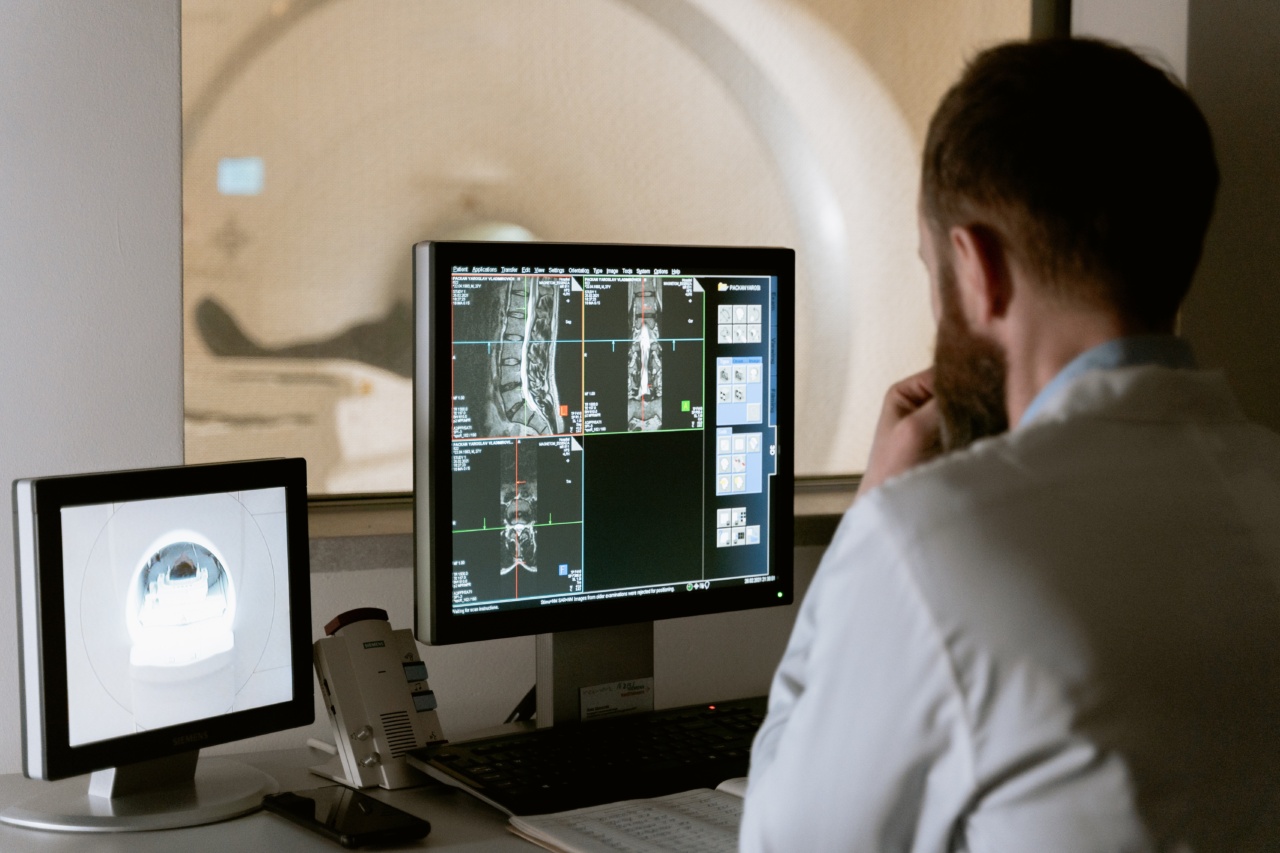Bone cancer is a rare type of cancer that typically begins in the bones. It can occur in any bone in the body, but most commonly affects the long bones in the arms and legs.
Bone cancer can affect people of all ages, including children, but it is most often diagnosed in people between the ages of 10 and 30.
Symptoms of Bone Cancer
The symptoms of bone cancer can vary depending on the location and size of the tumor. Some common symptoms people experience include:.
Chronic Pain
The first sign of bone cancer is usually pain in the affected area. It can be dull, achy, or sharp and may come and go. The pain may also be worse at night and interfere with sleep.
Swelling or a Lump
Another common symptom of bone cancer is swelling or a lump at the site of the tumor. The lump may feel tender to the touch and may be accompanied by redness or warmth in the surrounding area.
Weight Loss and Fatigue
As with many types of cancer, bone cancer can cause weight loss and fatigue. This is because the body is working harder to fight the cancer, which can leave the person feeling tired and run down.
Diagnostic Tests for Bone Cancer
If you have symptoms of bone cancer, your doctor will likely perform several diagnostic tests to determine if you have the disease. Some common tests used to diagnose bone cancer include:.
X-rays
An X-ray is a common diagnostic tool used to check for bone damage or abnormalities. If your doctor suspects bone cancer, they may order an X-ray of the affected area to look for signs of a tumor.
Bone Scan
A bone scan is a nuclear imaging test that can detect abnormal bone growth. This test uses a small amount of radioactive material to highlight areas of the bone that are growing more rapidly than normal.
MRI
Magnetic resonance imaging (MRI) uses radio waves and a powerful magnet to create detailed images of the inside of your body. An MRI can help your doctor identify the size and location of a tumor in your bone.
CT Scan
A computed tomography (CT) scan uses X-rays and computer technology to create detailed images of your bones and surrounding tissue. This test can help your doctor determine the extent of the cancer and if it has spread to nearby tissues.
Biopsy
A biopsy is the only definitive way to diagnose bone cancer. This involves removing a small sample of the affected bone tissue and examining it under a microscope. Your doctor may use a needle or perform a surgical biopsy to obtain the tissue sample.
Treatment for Bone Cancer
The treatment for bone cancer depends on the type and stage of the cancer, as well as the patient’s overall health. Some common treatments include:.
Surgery
Surgery is the most common treatment for bone cancer. The goal of surgery is to remove as much of the cancerous tissue as possible while preserving the function of the affected limb.
Chemotherapy
Chemotherapy is a type of cancer treatment that uses drugs to kill cancer cells. This treatment is typically used in combination with surgery to shrink the tumor before it is removed.
Radiation Therapy
Radiation therapy uses high-energy radiation to kill cancer cells. This treatment can be used before or after surgery to help reduce the risk of cancer recurrence.





























